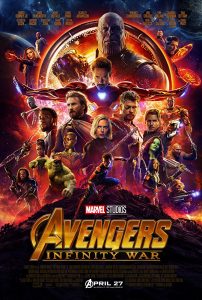 Man, I screwed the pooch. It’s been what, two weeks since I saw Infinity War? In the meantime, it has been discussed to death, both with and without spoilers. Which is sad because it means probably that I can say nothing new, and anyway the only novel thing I had to say in the first place is kind of a spoiler.
Man, I screwed the pooch. It’s been what, two weeks since I saw Infinity War? In the meantime, it has been discussed to death, both with and without spoilers. Which is sad because it means probably that I can say nothing new, and anyway the only novel thing I had to say in the first place is kind of a spoiler.
But, here we go nonetheless, since I pathologically can’t just not review the things, I can only feel guilty about not reviewing them.
They have been calling this new Avengers movie the most ambitious crossover in history, ten years and eighteen movies deep. That’s not entirely right, because the first few movies leading up to the first Avengers did not foretell this. Not really. But as far as ambition goes, I cannot disagree. For the number of characters involved, none of them was ignored or given short shrift. (Not wholly true, as some characters were literally ignored by not being in the movie, but if they were in the movie, I mean.) And the pacing was great. In a world of modern action cinema where scenes cut every minute or two, this was divided into 10+ minute chapters focusing on the characters involved from start to resolution of a scenario (or at worst, start to nadir, with the next scene fully exploring resolution). It’s hard to remember that movies[1] used to work this way, instead of snippets of individual strands that only weave together at climax.
So, A++ for ambition and execution. I also liked the plot and most of the character beats, although I understand why some people did not. Basically, my point is: if you have invested in eighteen movies and a handful of optional TV series leading toward this movie, you should check it out. They stuck the landing.
Spoiler-esque observation as first comment.
[1] Again, action / genre movies. I understand that your snows falling on your cedars always kept to that path.
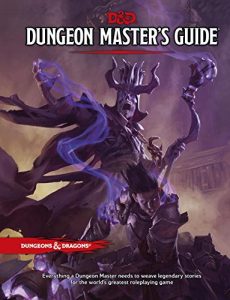 I honestly don’t have much to add after reading
I honestly don’t have much to add after reading 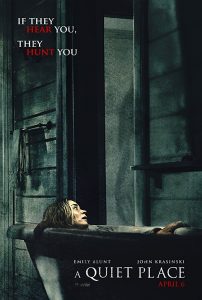 I saw
I saw 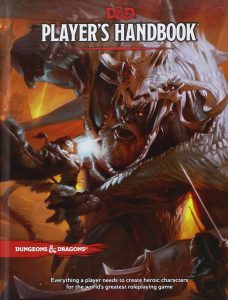 Full disclosure: I did not read the entire
Full disclosure: I did not read the entire 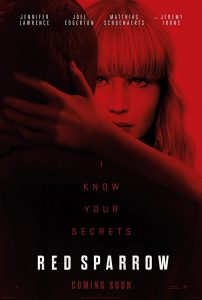 I want to talk about the fact that the last three movies I’ve seen theatrically[1] have touched on the action genre and had female leads, but I’m not certain
I want to talk about the fact that the last three movies I’ve seen theatrically[1] have touched on the action genre and had female leads, but I’m not certain 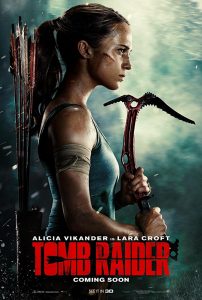 The single biggest problem with
The single biggest problem with 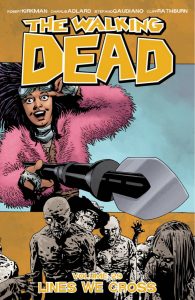 I find that Walking Dead graphic novels come out at the right pace. Twice a year, six issues each (which okay, that’s a pretty obvious rate if you pause to think about it), and whenever I get one in the mail it’s just about exactly the time that I think it’s been a little while since I read the last one. I wonder if I would itch for them more, if the show wasn’t also coming out on about that schedule (eight episodes instead of six, and closer to the turn of the year than an even split, but nonetheless) to fill in any extra itchings.
I find that Walking Dead graphic novels come out at the right pace. Twice a year, six issues each (which okay, that’s a pretty obvious rate if you pause to think about it), and whenever I get one in the mail it’s just about exactly the time that I think it’s been a little while since I read the last one. I wonder if I would itch for them more, if the show wasn’t also coming out on about that schedule (eight episodes instead of six, and closer to the turn of the year than an even split, but nonetheless) to fill in any extra itchings.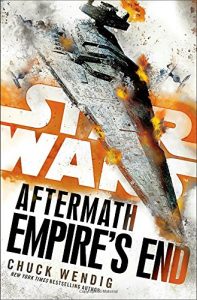 If you are looking for a book that explains why there’s wreckage all over Jakku in
If you are looking for a book that explains why there’s wreckage all over Jakku in 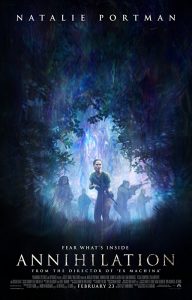 Thanks, random invite to a sneak preview from Alamo Drafthouse! The last one of these I got was for
Thanks, random invite to a sneak preview from Alamo Drafthouse! The last one of these I got was for 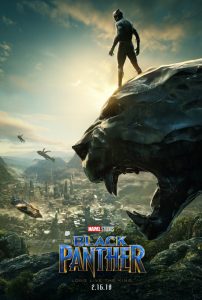 It took me until Monday night to see
It took me until Monday night to see